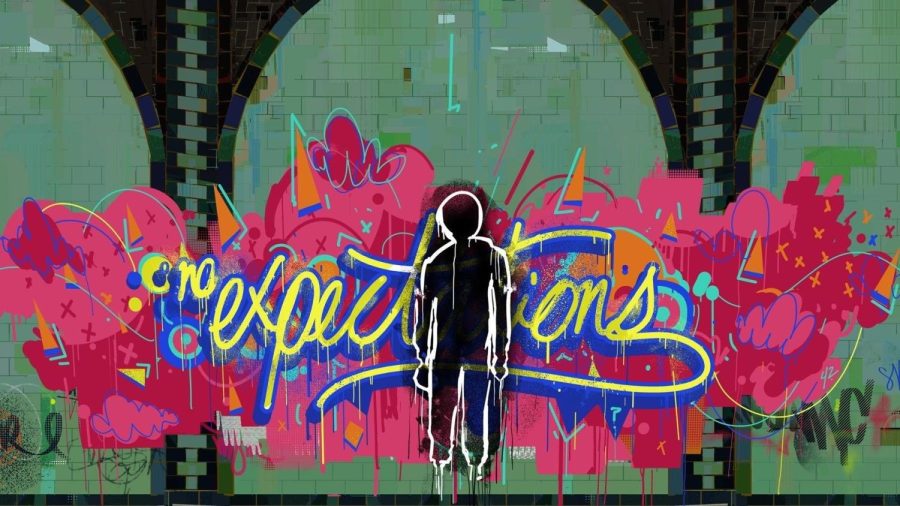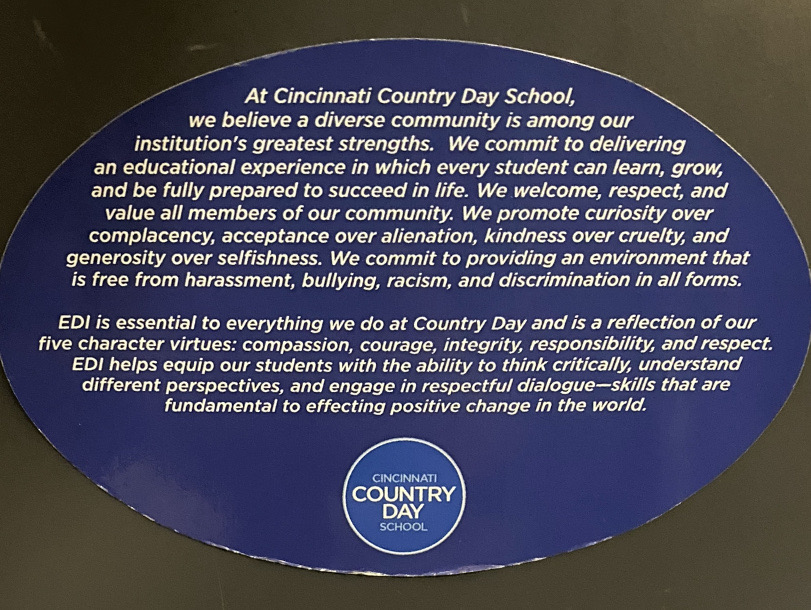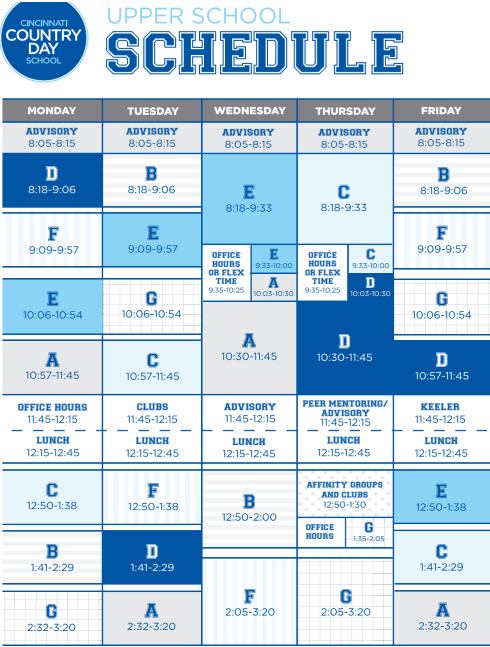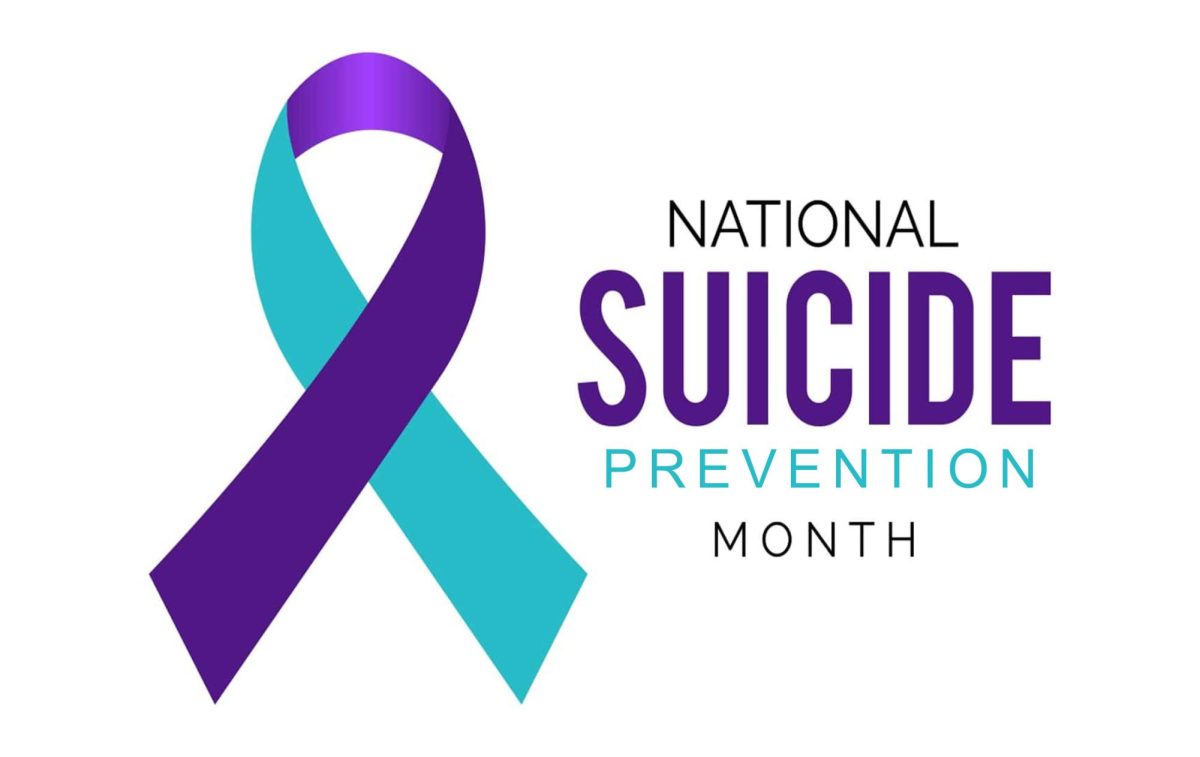Last year I did an article about CCDX where I interviewed Mrs. Back about the process of CCDX creating it. However, this year Dr. Bridge oversees everything CCDX related. Here’s a little insight into the interview I conducted with her.
Interviewer: When does the planning for CCDX start?
Dr. Bridge: I think we started planning at the end of last year. We wanted to create a program with clearly articulated objectives for each of the programs and some sort of a learning arc. We wanted an actual set of deep learning that would take place, and we also wanted to see if group leaders could come up with some sort of culminating project or final presentation.
Dr. Bridge then goes on to talk about the process of how different CCDX groups were introduced.
Dr Bridge: We were really thoughtful in putting together proposal forms for all of the faculty members who wanted to participate. Work started on that last spring. When we met as a faculty together in August, we had a series of meetings where we presented this planning tool and then a series of different milestones for faculty to submit their proposals. We then had a committee go through the proposals and come up with a final list of programs.
Interviewer: What is the process of assigning everyone to a CCDX group?
Dr. Bridge: What I did was put together a Microsoft form and then we had students pick their top 4. There were around 201 students. I was cross-referencing with each advisory to make sure that no one got lost in the shuffle. I think for about 90% of the kids I was able to get their 1st or 2nd choice. Some of the programs had very limited spaces, like the camping trip, and were hugely popular. I knew that there had been a club for fly-fishing and some of the leaders of that club were interested in the camping trip, so I put them in, knowing that the outdoors was one of their interests. Otherwise, I wanted to keep kids’ interests in mind and make sure that the groups had a pretty even number of kids in each grade. I wanted to make sure the kids had at least 1 or 2 other kids that they knew in their group. It fell into place rather quickly. I thought it was gonna be harder than it actually was.
Interviewer: Are you gonna work on CCDX in the future or are you gonna give it back to Mrs. Back once Inventeams is done?
Dr. Bridge: Ha! That’s going to be something Mrs. Back and I will have to talk about in earnest. I think that we’ll have to wait and see. With the school launching towards its strategic plan and the idea of exponential learning, I think there is a lot of overlap between with what we do for CCDX and that initiative. I’m thinking, and I know there are conversations that are taking place, so I don’t know what that would look like moving forward. So, CCDX as we know it might look a little bit different next year rather than it being one week separate from everything. I’m wondering if there are ways that we can integrate it throughout the year. It’s a lot of fun and kids get to do a lot of great things.
Concluding our interview, Dr. Bridge had nothing but positives to say about Mrs. Back and her help on the sidelines with CCDX. With the time that Inventeams takes, Mrs. Back has still made sure that she is available to answer questions that Dr. Bridge has.
Overall, CCDX is a wonderful opportunity for students to branch out of their normal spheres and find other things, and other people, that they like. Rather than taking CCDX as another week of Spring Break, think about the actual class and try to learn something from it. Even if you were not put in one of the groups you wanted, think of your student and faculty leaders that worked so hard (since the end of last year) to create a week-long lesson plan about something that they are passionate about.










